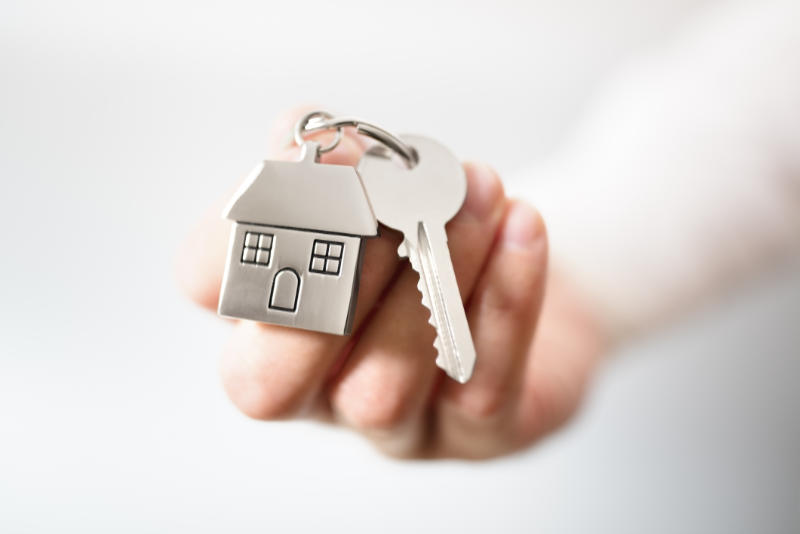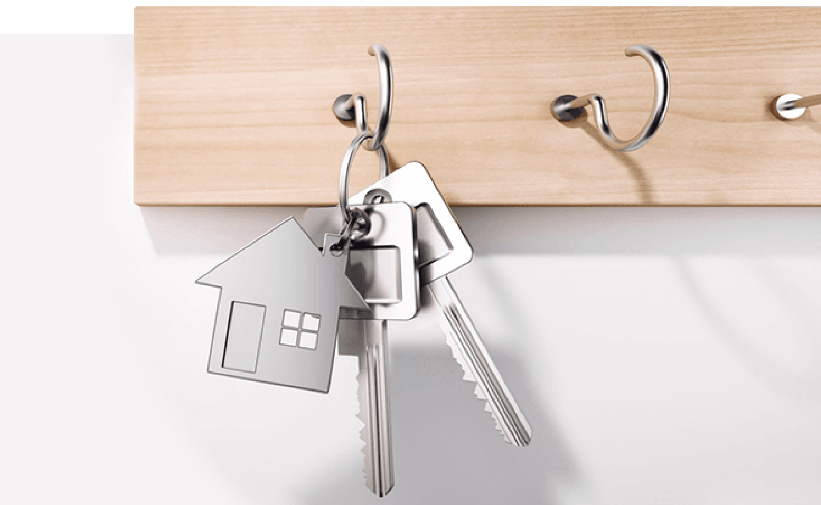If you are having any issues with your tenants or property, feel free to contact us, and if it’s outside operational hours, we will get back to you as soon as possible.
The following information is sourced from https://www.gov.uk/government/publications/how-to-let/how-to-let and https://www.gov.uk/renting-out-a-property if you’d like to verify any claims, or read into it in further detail.
Checklist before a tenant can move in:
- Ensure you have an appropriate mortgage or permission from your mortgage lender in place
- Get the freeholder’s consent to sub-let (where necessary) if you are a leaseholder
- Get a property licence (where necessary)
- Check your tax obligations as a landlord
- Consider joining a landlord accreditation scheme
- Install smoke alarms and possibly carbon monoxide alarms where necessary, and ensure that they are working on the first day of the tenancy
- Have a valid gas safety certificate
- Have a valid electrical installation conditions report
- Have an energy performance certificate for your property (rated E or above from April 2018)
- Make sure your properties are free from dangerous looped blind cords
- Ensure that furniture supplied has the required fire safety labels and fireproofing
- Assess the risk from exposure to Legionella to ensure the safety of your tenants
- Keep the property and installations in repair and working order, and ensure that there are no serious health and safety hazards in the property (read the housing health and safety rating system guidance)
- Make sure you keep records to prove that you are following the necessary legal requirements
- Provide your tenant with a written tenancy agreement
- Carry out right to rent checks
- Don’t take a tenancy deposit above the relevant cap for that tenancy
- Protect your tenant’s deposit in a deposit protection scheme
- Give your tenant a copy of the "How to rent" checklist when they start renting from you (you can email it to them)
- Provide your tenant with a copy of the property’s energy performance certificate at the earliest opportunity
- Provide your tenant with a copy of the gas safety certificate before they move in
- Provide a copy of the electrical safety report
- Provide the tenant with your name and an address (in England or Wales) where they can serve notices to you
- Consider getting landlords’ insurance
- Insure the building to cover the costs of any damage from floods or fire
- Make sure your tenant knows how to operate the boiler and other key appliances
During a tenancy:
- Keep in repair and proper working order the installations for the supply of water, gas, electricity and sanitation
- Keep in repair and proper working order the installations for the heating of space and water
- Keep the property fit for habitation at the outset and for the duration of the tenancy, as required by the Homes (Fitness for Human Habitation) Act 2018 – read the guidance for landlords
- Keep the structure and exterior of the property in repair
- Carry out repairs within a reasonable period once you become aware that work is needed – this will depend on the nature of the problem and how it affects the tenant, as some repairs will be more urgent than others
- Maintain any appliances and furniture you have supplied
- Fit smoke alarms on every floor and carbon monoxide alarms in rooms with combustion appliances (such as boilers and wood- burners), and make sure they are working at the start of a tenancy
- Arrange an annual gas safety check by a Gas Safe engineer (where there are any gas appliances)
- Arrange an electrical safety check by a qualified and competent person every 5 years
- Get a licence for the property if it is licensable
This list can seem overwhelming, but that’s why we’re here to help you go through each point step by step, so your property is legally prepared for tenancy. If you’d rather have a hands off approach, we can take care of the preparation of your property and make sure that any ongoing maintenance and property checks are taken care of.


